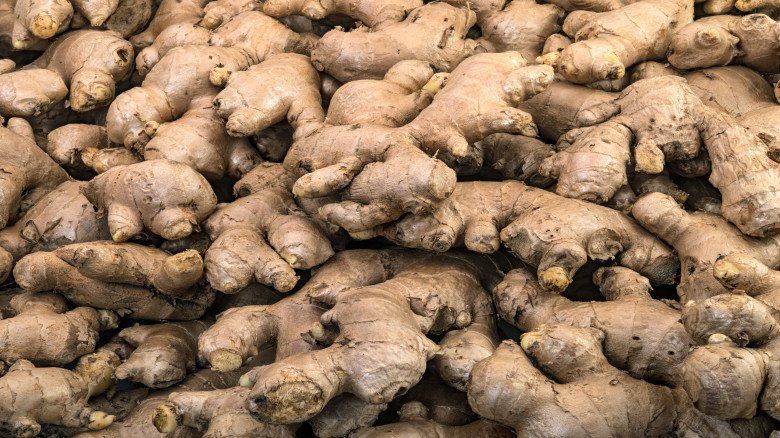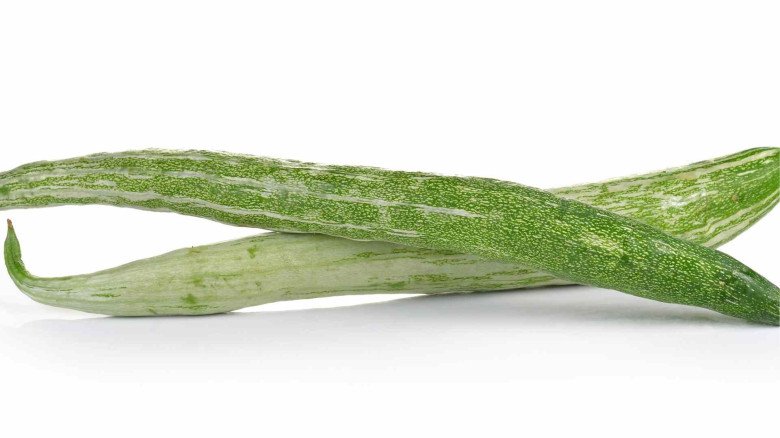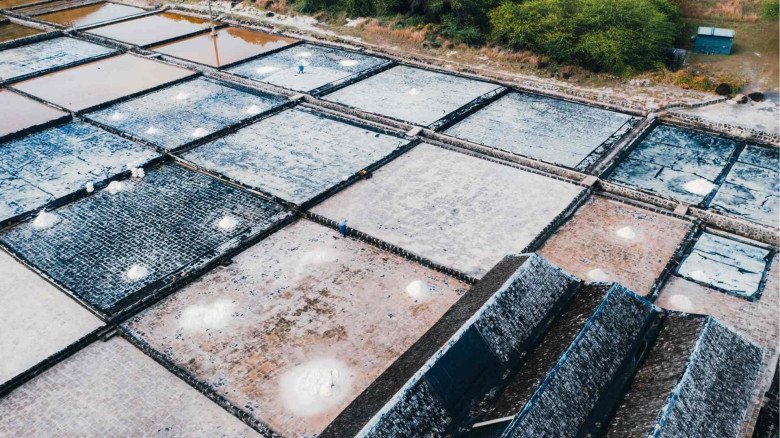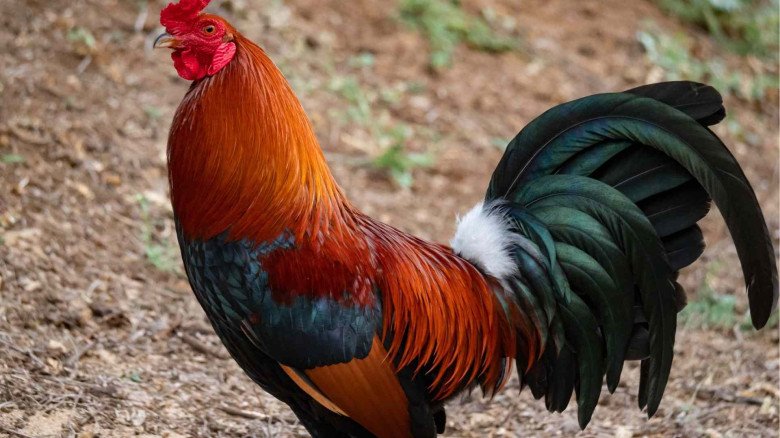Revolutionizing Indian Agriculture with Drones and Unveiling Their Impact and Benefits
Traditional farming methods have been revolutionized by the growing use of drones in agriculture. Their cost-effectiveness, adaptability, and capacity to gather large volumes of data make them indispensable instruments for contemporary farmers. These are a few of the main applications for drones in agriculture.
Given the present state of Indian agriculture, drone use is essential to addressing a number of issues and enhancing farming methods. Unpredictable weather patterns, fragmented landholdings, and a manpower shortage are some of the problems facing India's agricultural industry. Large tracts of farmland may be effectively covered by drones, which can also provide up-to-date information on crop health, soil quality, and water availability. Precision agriculture is made possible by this data-driven strategy, which aids farmers in increasing yields, decreasing input costs, and optimizing the use of resources. Additionally, drones may help identify pests and diseases early on, allowing for prompt treatments and reducing crop losses. Drones may fill up the information vacuum by reaching hard-to-reach places and providing farmers with useful insights for improved agricultural management. Using drone technology may improve Indian farmers' quality of life and increase the sustainability, resilience, and profitability of agriculture.
The advantages of drone
Drones are revolutionizing conventional agricultural processes in agriculture and provide several advantages. By taking high-resolution pictures and data, they make it possible to monitor crops effectively. This allows for the prompt diagnosis of illnesses and insect infestations, which allows for timely action. Drones may apply pesticides and fertilizers to targeted regions using precision agriculture, reducing waste and increasing yields. Additionally, planting and sowing may be automated by drones, guaranteeing accurate seed dispersal across wide regions. Farmers may apply targeted treatments for healthier plants by using multispectral or hyperspectral cameras to evaluate crop health.
The role of drones in advancing smart farming techniques in India from Farmersrathna Agri-news
Drones' durability and cost
Drone type, features, and brand all affect how much and how long a drone lasts when used for farming. In general, the cost of agricultural drones with dedicated sensors and cameras is higher than that of consumer drones. Drones may be an expensive initial investment for Indian farmers, but over time they may show to be a useful and cost-effective tool due to precision agriculture, better crop management, and higher yields. Drone technology adoption in agriculture may also be encouraged by government initiatives and some manufacturers providing subsidies or other forms of compensation, thereby increasing farmers' access to drones.
Disturbance between drone usage and conventional farming
Conventional farming is based on labor-intensive physical work and practices that have been handed down through the years. Farmers use their limited facts, observations, and experience to inform their judgments. On the other hand, using drones for farming is a technologically cutting edge method. Precision agriculture is made possible by drones fitted with sensors, cameras, and GPS that gather data on crop health, soil conditions, and weather patterns in real time. This data-driven strategy reduces resource waste and boosts yields by enabling tailored interventions like precise water, fertilizer, and pesticide application. Drones are useful for efficient area monitoring, early disease or pest epidemic identification, and access to difficult-to-reach places. Drone farming promotes sustainable practices by maximizing resource use and improving overall production as well as farm management.
Drones in Indian agriculture, A game-changer for sustainable farming practices from Farmersrathna Agri-news
Drones are useful instruments in the agricultural industry since they have several functions, such as multi-spectral and picture cameras. They are used in many different contexts, including yield prediction, pesticide, fertilizer, and water delivery, as well as crop stress monitoring. Drones are useful for determining the health of the plants, weeds, illnesses, and pests. Farmers may optimize expenses by determining the exact quantities of pesticides needed to address these problems by studying this data. Additionally, a few startups have created drone planting systems that can spray fertilizers and shoot seed pods into the soil, increasing the efficiency and uniformity of crop management while cutting costs.
-logo.webp.png)
.jpg)
-logo.webp.png)


































Leave A Comment